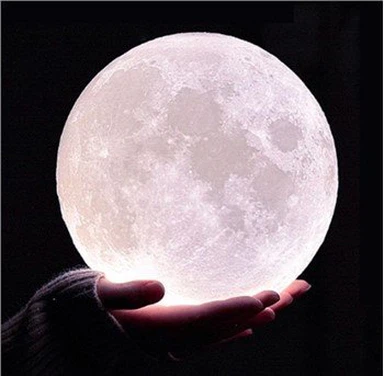Proof experiment of candle principle
Dec 02, 2020
The candle burning we see is not the burning of paraffin solids, but the ignition device ignites the cotton wick, and the heat released makes the paraffin solids melt and revaporize to generate paraffin vapor, which is combustible.
When the candle is ignited, the initial flame burning is smaller and gradually becomes larger. The flame is divided into three layers (outer flame, inner flame, and flame core). The flame core is mainly candle vapor, the temperature is the lowest; the inner flame paraffin wax is not fully burned, and the temperature is higher than the flame core, and contains carbon particles; the outer flame is in full contact with the air, the flame is the brightest, the combustion is full, and the temperature is the highest. Therefore, when a matchstick is quickly put into the flame and taken out after about 1 second, the part of the matchstick that contacts the outer flame will first turn black.
At the moment when the candle is blown out, a wisp of white smoke can be seen. Use a burning match to light the wisp of white smoke, which can reignite the candle, so it can be proved that the white smoke is a solid produced by the condensation of paraffin vapor. Tiny particles.
When a candle burns, the products of combustion are carbon dioxide and water. Chemical expression: C25H52+O2→(ignite) CO2+H2O. The burning phenomenon in the oxygen cylinder is that the flame emits bright white light, emits heat, and water mist appears on the bottle wall.
Simple proof experiment:
Light the candle, cover a cold and dry beaker on the candle for 5 minutes, and then quickly turn the beaker over. It is found that the inner wall of the beaker becomes blurred and water droplets are formed, indicating that the candle burns and produces water.
Add a small amount of clarified lime water to the beaker and shake, and observe that the clarified lime water becomes turbid, indicating that the candle burns to generate carbon dioxide.






